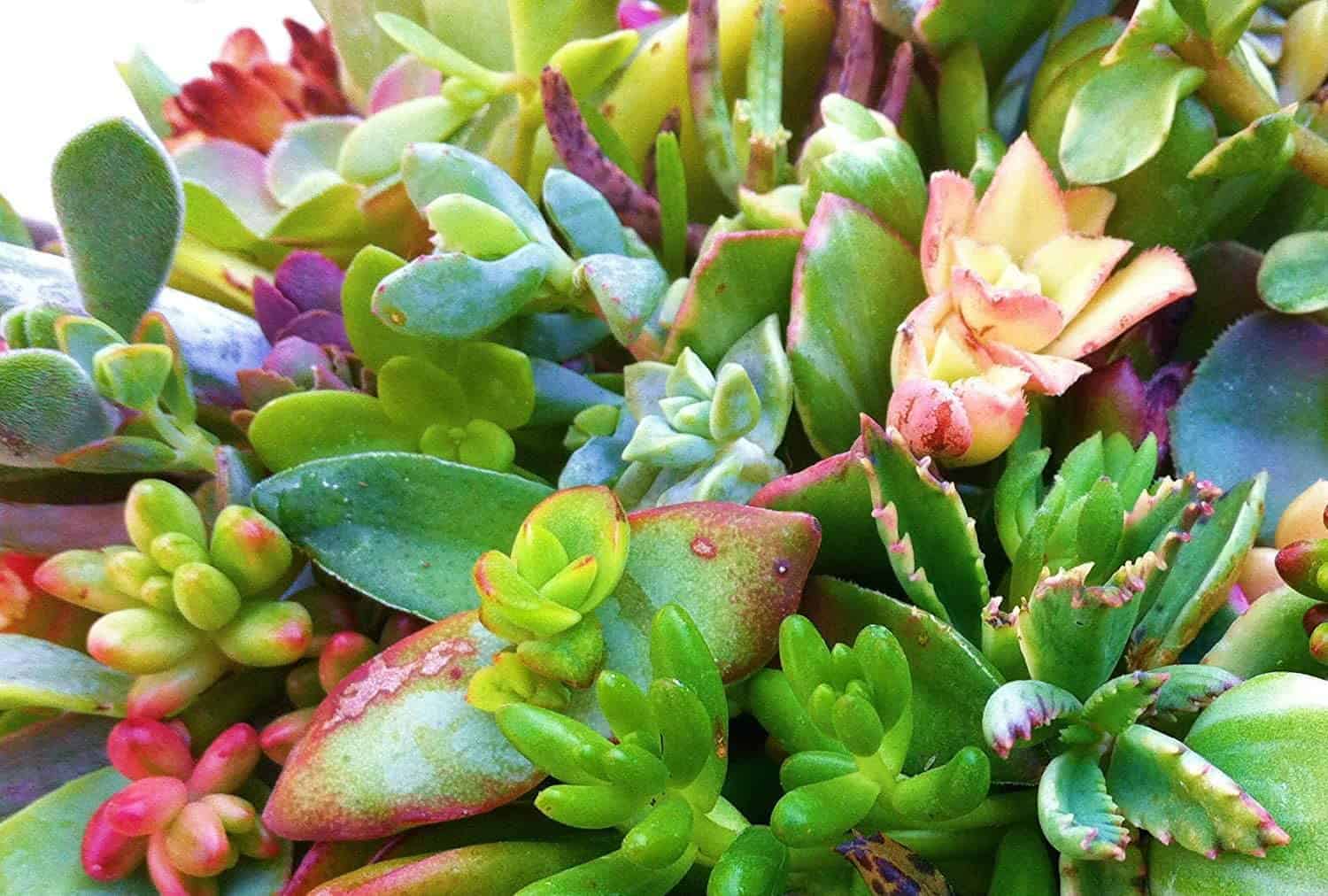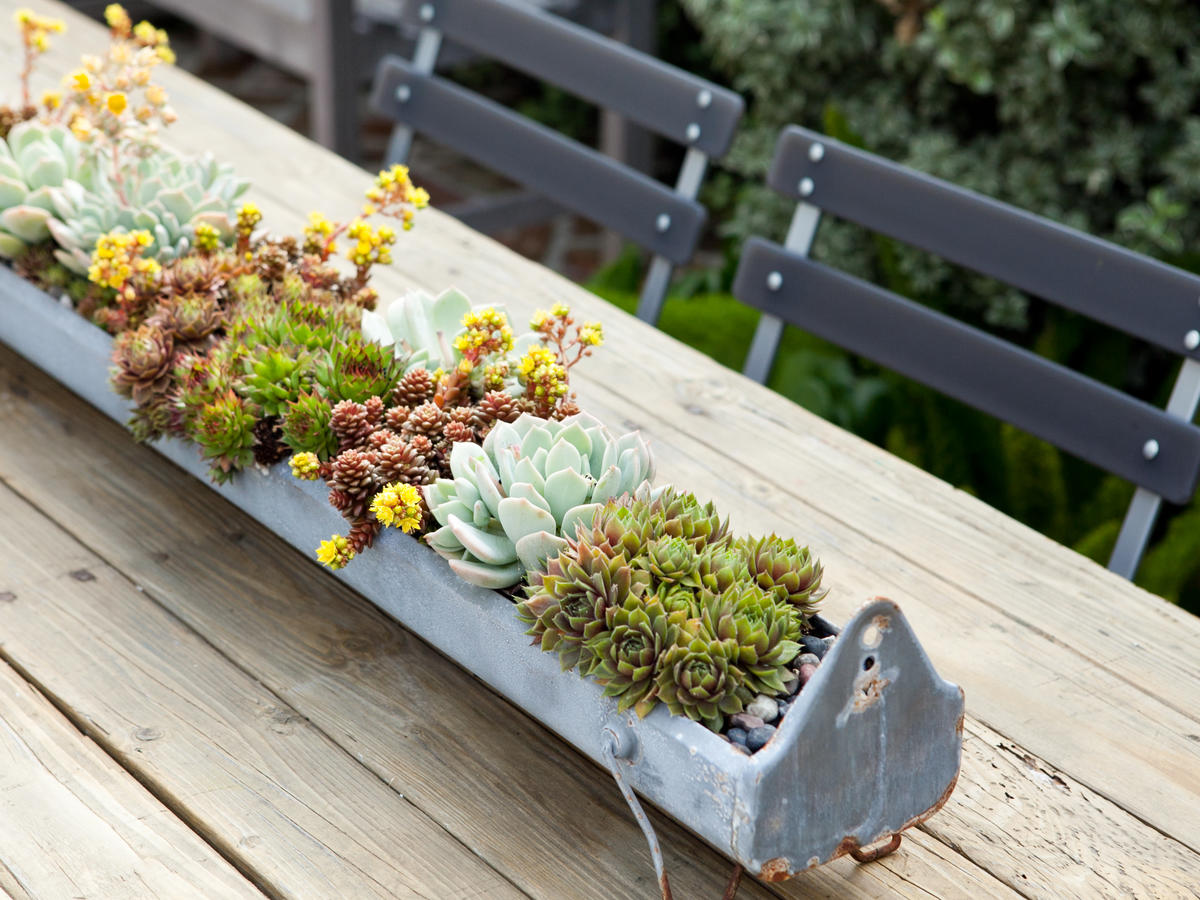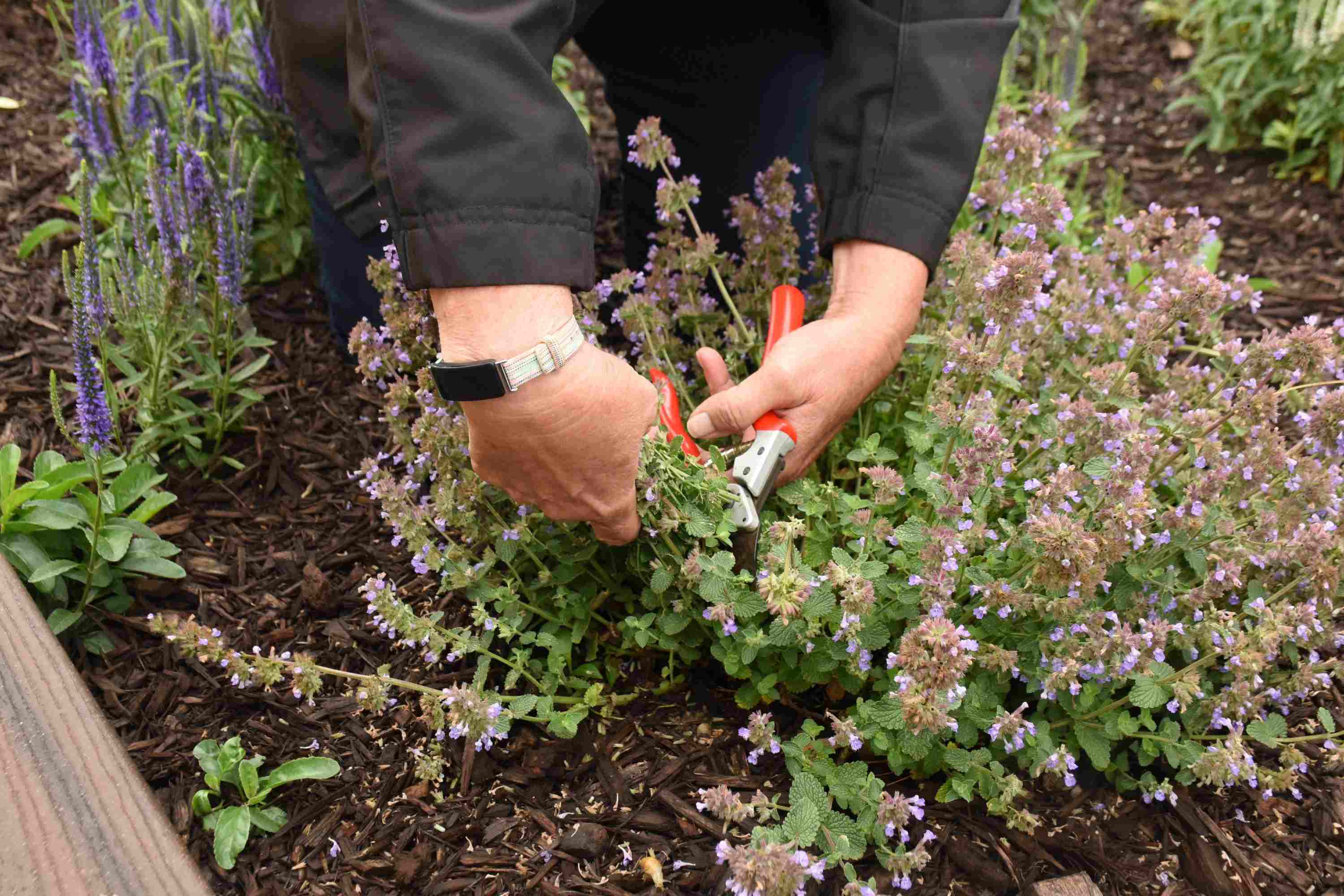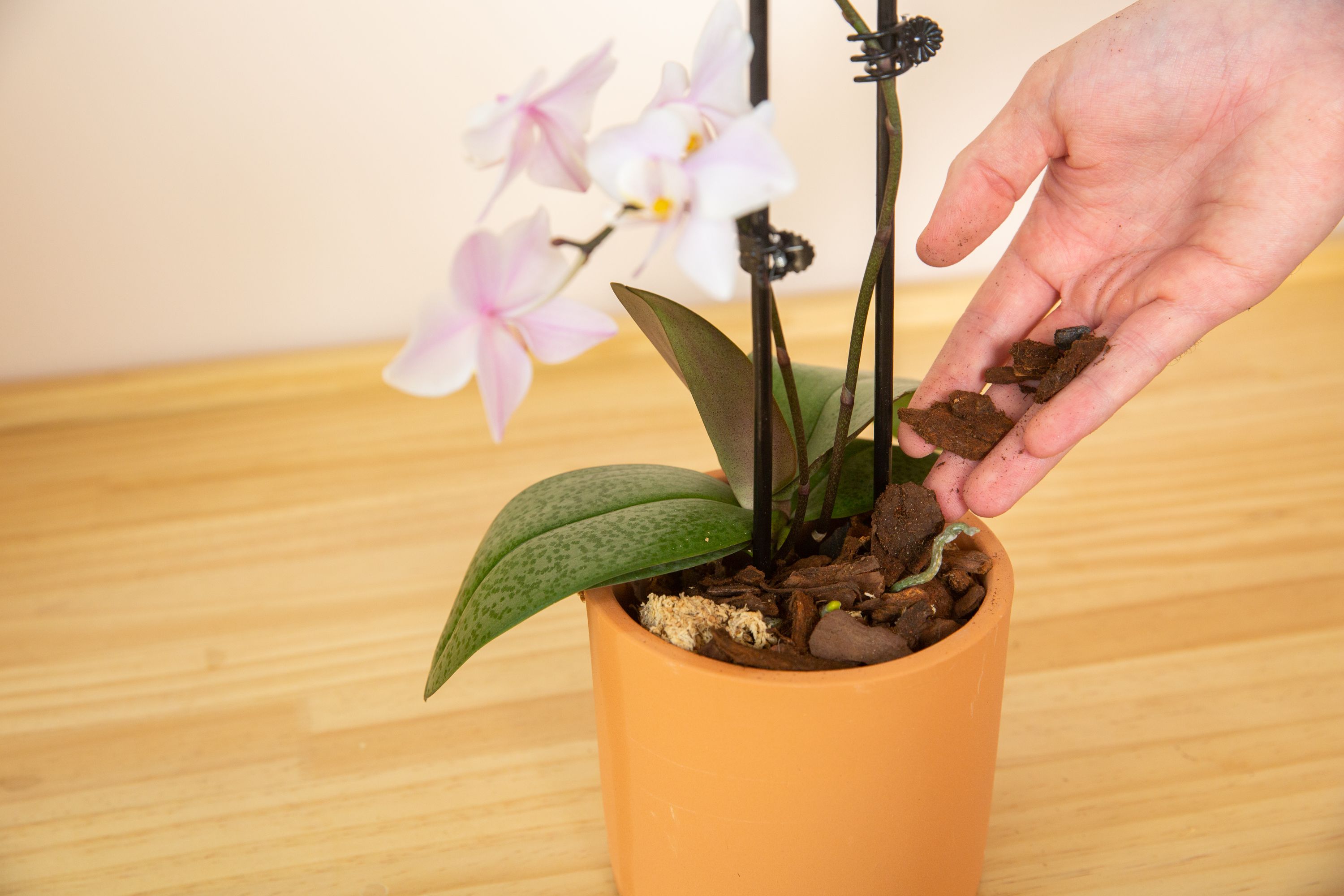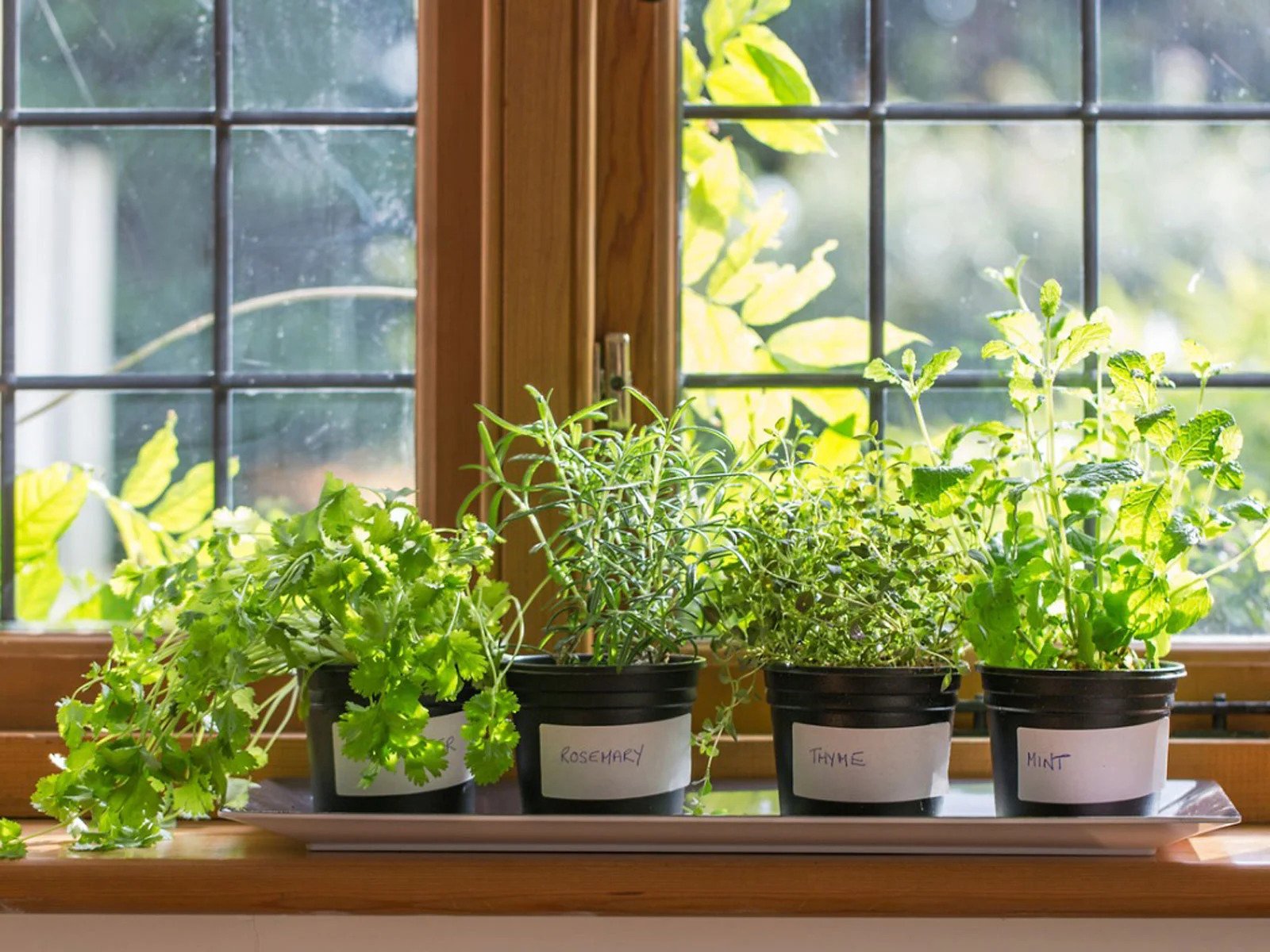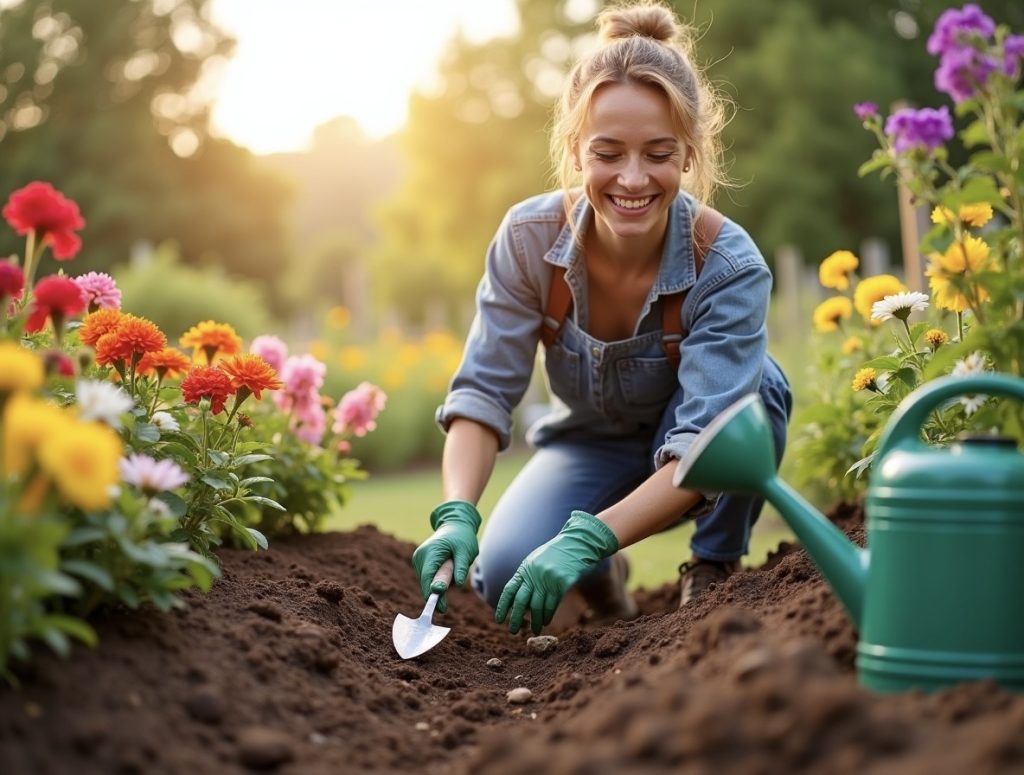Home>Gardening Techniques>Plant Care>How To Take Care Of Azalea Bonsai Tree


Plant Care
How To Take Care Of Azalea Bonsai Tree
Modified: January 22, 2024
Learn the best techniques for plant care and how to take care of your azalea bonsai tree to ensure it thrives. Expert tips and advice for keeping your plant healthy and beautiful.
(Many of the links in this article redirect to a specific reviewed product. Your purchase of these products through affiliate links helps to generate commission for Chicagolandgardening.com, at no extra cost. Learn more)
Table of Contents
Introduction
Welcome to the world of azalea bonsai trees! These miniature versions of the popular flowering shrubs are not only visually stunning but also a joy to care for. Azalea bonsai trees are known for their vibrant blooms and delicate foliage, making them a favorite among plant enthusiasts.
Caring for an azalea bonsai tree requires a combination of proper techniques and a touch of artistry. Whether you’re a seasoned bonsai enthusiast or a beginner, this guide will provide you with all the necessary information to keep your azalea bonsai thriving.
Originating from Asia, azaleas are well-suited for bonsai cultivation due to their small leaves and stunning flowers. These plants have different varieties, with popular ones including the Satsuki Azalea, Kurume Azalea, and the Rhododendron ‘Girard’s Rose’. Each variety has its unique characteristics and care requirements, so it’s essential to familiarize yourself with the specific needs of your chosen azalea bonsai.
With their beautiful blooms ranging from vibrant pinks and purples to soft whites and apricots, azalea bonsai trees make a statement in any indoor or outdoor setting. They can add a touch of natural elegance to your home, garden, or patio, creating a tranquil and captivating ambiance.
In addition to their aesthetic appeal, azalea bonsai trees are also known for their symbolism. In Japanese culture, azaleas represent femininity and grace. They are often associated with feelings of love, harmony, and balance. Having an azalea bonsai in your space can bring a sense of tranquility and serenity.
Choosing the Right Location
When it comes to successfully caring for your azalea bonsai tree, selecting the right location is crucial. Azaleas thrive in specific environmental conditions, so it’s important to ensure their surroundings meet their needs.
First and foremost, azalea bonsai trees require ample sunlight to prosper. Place your bonsai where it can receive bright, indirect sunlight for at least four to six hours a day. Avoid exposing it to direct, intense sunlight as it can scorch the leaves and damage the plant.
While azaleas love sunlight, they also appreciate cooler temperatures. Aim to keep your bonsai in an area with a temperature range of 60°F to 75°F (15°C to 24°C). Avoid extreme temperature fluctuations, as it can stress the plant and lead to leaf drop or diminished blooms.
Azalea bonsai trees also prefer a slightly humid environment. You can increase humidity levels by placing a humidity tray filled with water near the bonsai or using a humidifier in the room. Mist the foliage with water occasionally to provide extra moisture.
Furthermore, azaleas are sensitive to drafts and changes in air circulation. Avoid placing your bonsai near air conditioning vents, heating sources, or areas with strong drafts. The constant airflow can dry out the soil and affect the overall health of the plant.
Lastly, consider the overall aesthetic appeal of the location. Azaleas are meant to be enjoyed visually, so choose a spot where you can appreciate the beauty of the bonsai. Whether indoors or outdoors, pick a location that allows you to showcase the elegance and charm of your azalea bonsai tree.
Watering the Azalea Bonsai
Proper watering is essential for the health and vitality of your azalea bonsai tree. Azaleas have specific water requirements that must be met to ensure their well-being.
One of the most important aspects of watering is maintaining consistent moisture in the soil. Azaleas prefer slightly moist soil, but they are also sensitive to over-watering. Aim to keep the soil evenly moist, but not soggy. Check the soil regularly by sticking your finger about an inch into the soil. If it feels dry, it’s time to water.
When watering your azalea bonsai, make sure to thoroughly soak the soil. Use a watering can with a fine nozzle to avoid disturbing the delicate roots. Water the bonsai until you see water coming out from the drainage holes at the bottom of the pot. This ensures that the entire root system is adequately hydrated.
During hot summer months or dry periods, you may need to water your azalea bonsai more frequently. Pay attention to the weather and adjust your watering schedule accordingly. Avoid letting the soil dry out completely, as it can lead to stress and damage to the plant.
It’s important to note that azaleas are sensitive to the type of water used for watering. They prefer slightly acidic water with a pH level between 4.5 and 6. Tap water is generally alkaline, so it’s recommended to use rainwater or filtered water instead. If using tap water, allow it to sit out for a day to allow some of the chlorine to dissipate.
Lastly, be mindful of the drainage capabilities of your bonsai pot. Azaleas do not tolerate waterlogged roots, so ensure that the pot has sufficient drainage holes to allow excess water to escape. This prevents the roots from sitting in standing water and potentially rotting.
Fertilizing the Azalea Bonsai
Fertilizing is an essential aspect of caring for your azalea bonsai tree. It provides the necessary nutrients for healthy growth, vibrant blooms, and overall vitality.
Azalea bonsai trees benefit from a balanced, acidic fertilizer specifically formulated for acid-loving plants. Look for a fertilizer with an NPK ratio of 10-10-10 or 6-10-6, which signifies the ratio of nitrogen (N), phosphorus (P), and potassium (K) components.
During the active growing season, which typically occurs from early spring to late summer, fertilize your azalea bonsai every two weeks. Dilute the fertilizer to half the recommended strength to avoid burning the roots. Apply the fertilizer evenly over the soil surface, avoiding direct contact with the foliage.
In the dormant season, which is typically during the fall and winter months, reduce the frequency of fertilization to once a month. This allows the plant to rest and prepare for the upcoming growing season.
It’s important to note that over-fertilizing can be harmful to your azalea bonsai. Excessive amounts of fertilizer can lead to root burn and attract pests. Always follow the package instructions and use the recommended amount of fertilizer.
In addition to chemical fertilizers, you can also incorporate organic fertilizers into your routine. Organic options, such as compost or well-rotted manure, can provide a slow-release of nutrients to your bonsai over time. Be cautious with organic fertilizers, as they can alter the pH of the soil. Azaleas prefer slightly acidic soil, so monitor the pH levels if using organic fertilizers.
Remember to observe your azalea bonsai for any signs of nutrient deficiencies or excesses. If the leaves are pale, yellowing, or showing signs of stunted growth, it may indicate a lack of nutrients. On the other hand, if the leaves are dark green and the growth is excessive, it may indicate an overabundance of nitrogen. Adjust your fertilizing routine accordingly to maintain a balanced nutrient level.
Fertilizing your azalea bonsai regularly and properly will ensure its healthy development and enhance its overall beauty.
Pruning and Shaping
Pruning is an essential part of maintaining the shape and health of your azalea bonsai tree. By selectively removing specific branches and foliage, you can achieve a desired shape, promote new growth, and enhance the overall aesthetics of the bonsai.
The best time to prune your azalea bonsai is in the early spring or after the flowering period. This allows the plant to recover quickly and encourages new growth for the upcoming season.
Start by removing any dead, damaged, or diseased branches. Make clean cuts using sharp, sterile pruning shears to prevent the spread of diseases. Additionally, eliminate any branches that disrupt the overall balance and harmony of the bonsai’s shape.
Azalea bonsai trees have a tendency to produce stubby growth. To encourage a more compact and dense foliage, pinch back new growth regularly. Use your fingers or sharp pruning shears to gently remove the tips of new shoots, leaving a small portion intact. This encourages the development of lateral buds, resulting in fuller foliage.
When shaping your azalea bonsai, strive for a natural, flowing appearance. Aim for a triangular or rounded silhouette, with the lower branches slightly longer than those higher up the tree. This mimics the growth patterns of mature trees in nature.
During the shaping process, take breaks to step back and assess the overall form. Adjust as needed to achieve a balanced and pleasing shape. Remember, bonsai shaping is a continual process, and it may take several seasons to achieve the desired result.
After a vigorous pruning or shaping session, provide your azalea bonsai with extra care and attention. Ensure the plant is in a stable and shaded location to prevent stress. Monitor the watering and fertilizing routines to support the recovery process.
Regular pruning and shaping will not only maintain the aesthetics of your azalea bonsai but also promote better airflow and light penetration, ultimately ensuring a healthy and thriving bonsai tree.
Repotting the Azalea Bonsai
Repotting is a vital aspect of azalea bonsai care that helps promote healthy root growth and ensures the long-term health of the plant. Repotting enables the bonsai to replenish its soil, remove any compacted roots, and provide space for new growth.
The best time to repot your azalea bonsai is during the spring, just before the active growing season begins. This allows the tree to recover quickly from the repotting process and take advantage of the favorable growing conditions.
When selecting a pot for repotting, choose one that is slightly larger than the current pot but not overly spacious. Azaleas prefer a confined root system, so a pot that is too large can lead to waterlogged soil and root rot. Ensure the pot has sufficient drainage holes to prevent water accumulation.
Before repotting, carefully remove the bonsai from its current pot. Gently loosen the roots by combing them with your fingers or using a root hook. Be cautious not to damage or break the delicate roots.
Trim away any overly long or tangled roots to encourage new growth. Prune back about one-third of the root mass to maintain a balanced ratio between the roots and foliage. This helps to minimize stress on the plant and promote new root development.
Prepare a suitable soil mix for your azalea bonsai, ensuring it is well-draining and slightly acidic. A recommended mix includes peat moss, pine bark, and perlite or pumice. These components provide adequate moisture retention while allowing excess water to drain away.
Place a layer of the soil mix at the bottom of the new pot and position the bonsai on top. Spread the tree’s roots evenly and fill in the remaining space with the soil mix. Gently pat down the soil to eliminate any air pockets.
After repotting, water the bonsai thoroughly to settle the soil and hydrate the roots. Keep the newly repotted azalea bonsai in a shaded location for a few weeks to reduce stress and allow the roots to acclimate to the new environment.
Remember to adjust your watering and fertilizing routine after repotting. The plant may require less watering initially to avoid over-saturation.
Repotting is typically required every two to three years for azalea bonsai trees, depending on the growth rate and the size of the pot. Regular repotting ensures that your bonsai has ample space for healthy root development and continued growth.
Protecting from Pests and Diseases
Just like any other plant, azalea bonsai trees are susceptible to pests and diseases that can affect their health and vigor. However, with proper care and vigilance, you can protect your bonsai from these threats and ensure its well-being.
One common pest that can infest azalea bonsai is the azalea lace bug. These small insects feed on the foliage, causing yellowing leaves and stunted growth. Inspect your bonsai regularly for signs of lace bug infestation, such as yellow stippling on the leaves or small brown excrement on the undersides. If detected, you can use insecticidal soap or neem oil to control the infestation. Ensure to follow the instructions on the product carefully.
Another pest to watch out for is the azalea caterpillar. These caterpillars can quickly defoliate your bonsai if left unchecked. Handpicking the caterpillars and using organic insecticides can help manage their population.
Fungal diseases, such as powdery mildew and root rot, can also affect azalea bonsai trees. Powdery mildew appears as a white powdery substance on the leaves, while root rot is characterized by dark, mushy roots. Avoid over-watering and ensure good airflow around the plant to prevent these diseases. If necessary, use a fungicide labeled for azaleas to treat the affected areas.
Regularly inspect your bonsai for any signs of pests or diseases. Early detection is key to preventing the spread and minimizing damage. Additionally, keeping your bonsai in optimal health through proper watering, fertilizing, and pruning will help it withstand and recover from any potential threats.
Maintaining proper hygiene is also crucial in preventing pests and diseases. Remove any fallen leaves or debris from the pot or surrounding area, as they can harbor pests or pathogens. Clean and sterilize your tools before and after each use, especially if you have worked with an infected bonsai.
Lastly, consider using preventive measures to keep pests and diseases at bay. This can include using organic pest control methods, such as introducing beneficial insects like ladybugs, or using horticultural oils to deter pests. Additionally, providing optimal growing conditions, such as a suitable location, good drainage, and proper nutrition, will strengthen your bonsai’s immune system and reduce its vulnerability to infestations.
By being proactive and taking steps to protect your azalea bonsai from pests and diseases, you can ensure a healthy and thriving bonsai tree for years to come.
Conclusion
Caring for an azalea bonsai tree can be a fulfilling and rewarding experience. By following the proper techniques and guidelines, you can maintain a healthy and visually stunning bonsai that will bring joy and tranquility to your space.
Choosing the right location for your azalea bonsai is crucial to its overall well-being. Providing adequate sunlight, maintaining proper temperature and humidity, and protecting it from drafts will ensure optimal conditions for growth.
Watering your azalea bonsai with care is essential. Keeping the soil evenly moist, using slightly acidic water, and ensuring proper drainage will prevent over-watering and help maintain a healthy root system.
Fertilizing your azalea bonsai regularly with balanced and acidic fertilizers will provide the necessary nutrients for growth and vibrant blooms. Adjusting the fertilizing schedule according to the growing season and using organic options will contribute to the long-term health of your bonsai.
Pruning and shaping your azalea bonsai allows you to create a visually appealing tree and maintain its form and balance. Regular pruning and shaping help promote new growth, improve overall aesthetics, and enhance airflow and light penetration.
Repotting your azalea bonsai ensures healthy root development and provides a fresh environment for growth. Pay attention to the timing, pot size, soil mix, and post-repotting care to minimize stress and support the bonsai’s recovery.
Protecting your azalea bonsai from pests and diseases is crucial for its longevity. Regular inspections, proper hygiene, preventive measures, and early detection are key to preventing infestations and minimizing damage.
By incorporating these practices into your azalea bonsai care routine, you can enjoy the beauty and serenity of a thriving bonsai tree. Remember to observe and understand the specific needs of your azalea variety, as each one may have slight variations in care requirements.
So, embrace the art of azalea bonsai cultivation and embark on a journey of beauty, creativity, and tranquility. Your azalea bonsai will reward you with its captivating blooms and the joy it brings to your life.
